Across America, creative energy has transformed sleepy rural communities into vibrant cultural destinations. These small-town art havens offer an alternative to big-city galleries—places where creativity spills onto streets, fills repurposed industrial spaces, and creates economic revival through cultural tourism. When Art becomes the driving force of a small town, something magical happens to both the physical landscape and community spirit.
Here is a list of 17 small towns where Art doesn’t just exist—it dominates the local identity and transforms everyday life.
Marfa, Texas
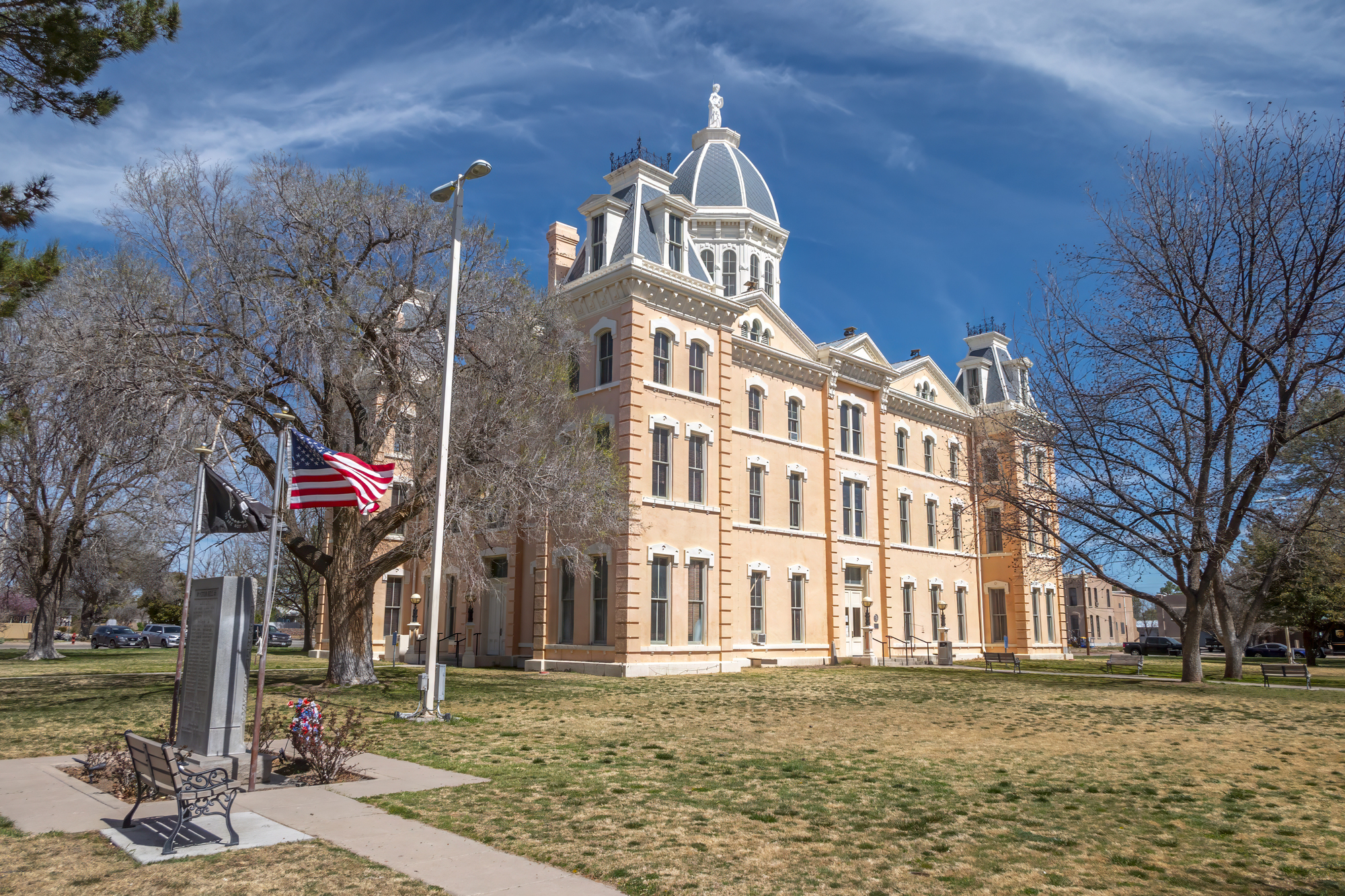
This remote desert town gained international recognition when minimalist artist Donald Judd arrived in the 1970s and began installing large-scale works in abandoned military buildings. The vast Chihuahuan Desert provides an otherworldly backdrop for contemporary art installations that play with light, space, and perception.
Galleries and art foundations now occupy former gas stations and industrial spaces, while the famous Prada Marfa installation—a permanent sculpture resembling a luxury boutique—stands isolated along the highway, challenging notions of consumerism and place.
Bisbee, Arizona
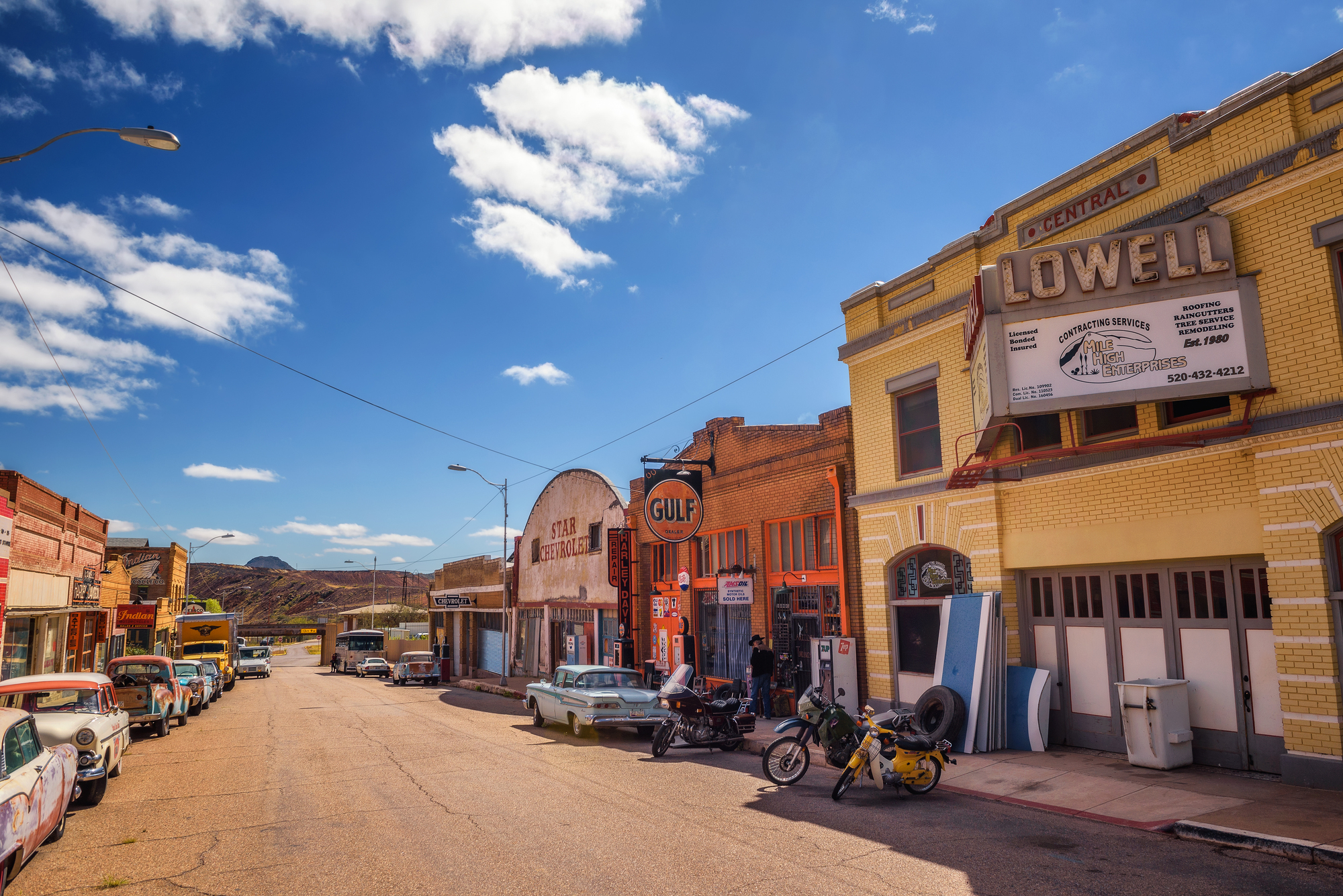
Nestled in the Mule Mountains, this former copper mining town has reinvented itself as an artists’ enclave filled with colorful Victorian architecture. The steep main street features galleries housed in historic buildings that climb the hillside via concrete stairs.
Artists transformed the industrial aesthetic into creative opportunity, with studios occupying former mining offices and sculptures incorporating salvaged equipment. The town hosts numerous art walks and festivals, drawing visitors to its remote location near the Mexican border.
Like Travel Pug’s content? Follow us on MSN.
Paducah, Kentucky

This Ohio River town leveraged its quilting heritage into a full artistic renaissance through its Artist Relocation Program, which offered incentives for creative professionals to revitalize the historic Lowertown district. The program succeeded dramatically, transforming a neglected neighborhood into a thriving arts district with over 20 galleries and studios.
The National Quilt Museum anchors the creative economy, elevating textile arts while murals along the flood wall depict local history. UNESCO recognized Paducah’s transformation by designating it a Creative City of Crafts and Folk Art.
Beacon, New York

The opening of Dia: Beacon in a former Nabisco factory catalyzed this Hudson Valley town’s transformation from post-industrial decline to an arts destination. The massive museum houses large-scale installations that require the football-field-sized spaces of the repurposed factory.
The ripple effect brought galleries, studios, and creative businesses to Main Street, with artists attracted by reasonable rents and proximity to New York City. Weekend visitors now stroll between contemporary exhibitions, craft breweries, and farm-to-table restaurants in this riverside community.
Madrid, New Mexico
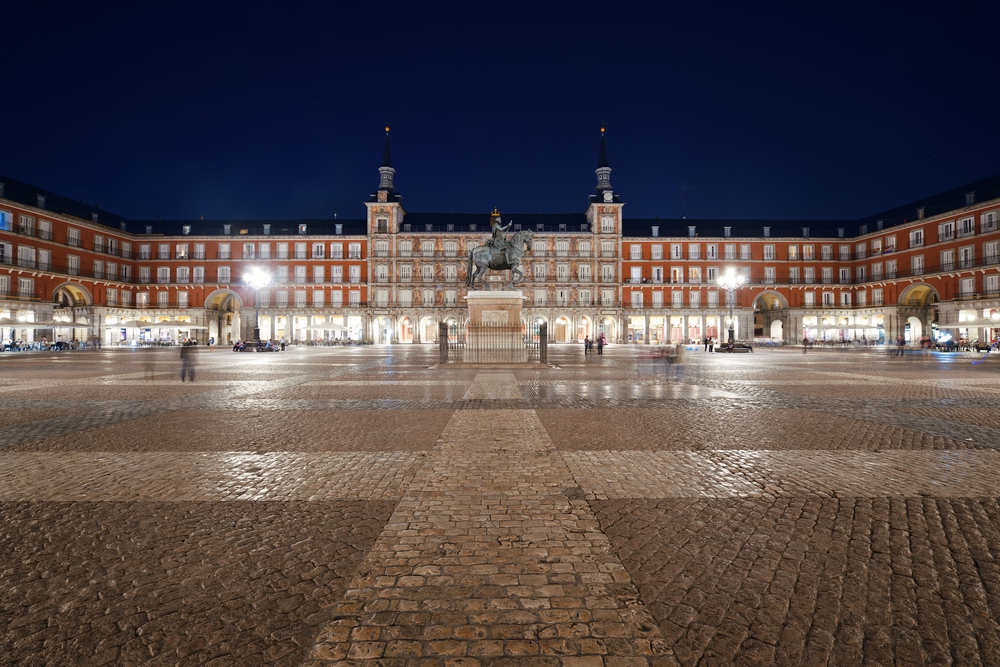
Pronounced MAD-rid, this former coal mining town sat abandoned until artists discovered its potential in the 1970s. Located on the Turquoise Trail between Santa Fe and Albuquerque, the town consists almost entirely of galleries, studios, and performance spaces.
The Mine Shaft Tavern serves as both a community gathering place and a live music venue, while the annual Christmas light display continues a tradition from the town’s mining days. Nearly every resident participates in some form of creative production, from jewelry making to landscape painting that captures the dramatic high desert light.
Like Travel Pug’s content? Follow us on MSN.
Asheville, North Carolina
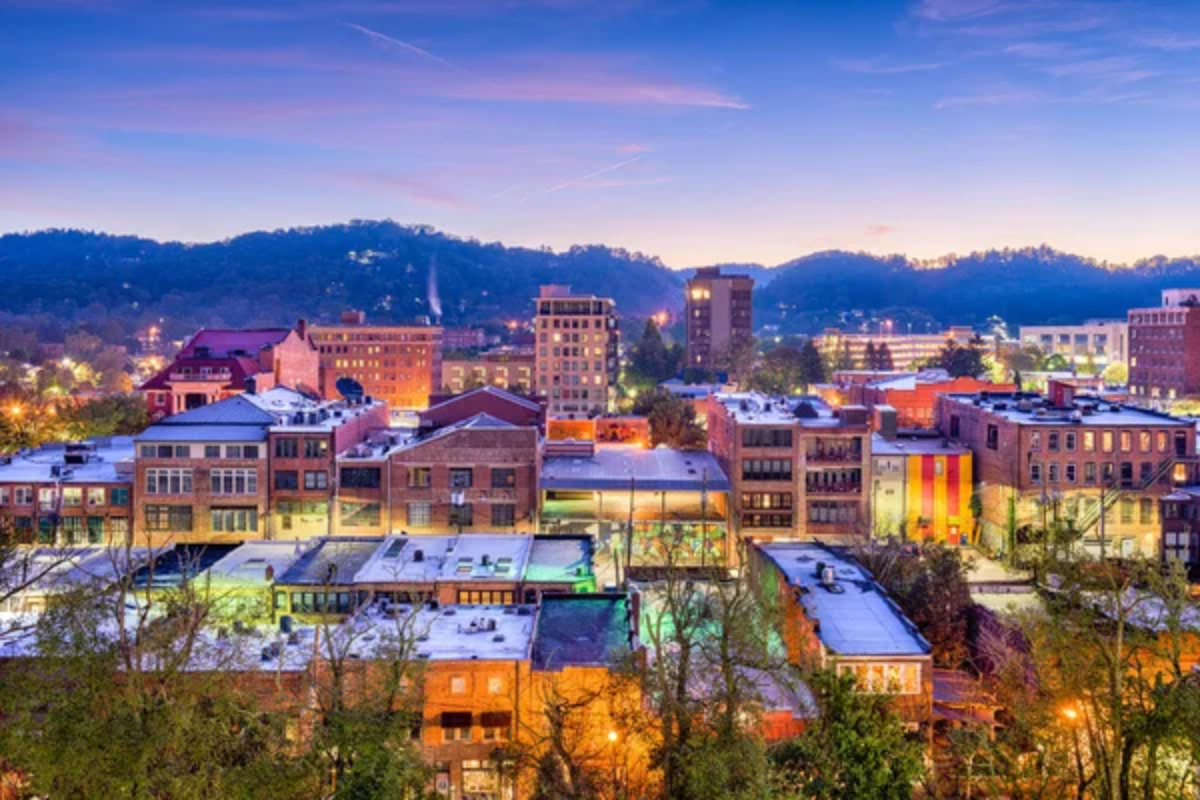
This mountain town embraces artistic expression in every form, from traditional Appalachian crafts to avant-garde performance art. The River Arts District features over 200 artists working in converted industrial buildings along the French Broad River.
Street performers entertain downtown visitors, while architectural salvage artists repurpose materials from the region’s historic buildings. The influence of nearby Black Mountain College—a progressive arts institution that attracted creative luminaries in the mid-20th century—continues to inspire experimental approaches and collaborative projects throughout the community.
Provincetown, Massachusetts

Perched at the tip of Cape Cod, this seaside community has attracted artists seeking spectacular light and creative freedom since the early 1900s. The art colony tradition began when Charles Hawthorne established the Cape Cod School of Art, teaching students to capture the distinctive coastal atmosphere.
Today, over 60 galleries line Commercial Street, while numerous residency programs bring fresh talent each season. The town’s open-minded culture has made it particularly welcoming to LGBTQ+ artists, whose contributions have shaped local creative expression for generations.
Joseph, Oregon
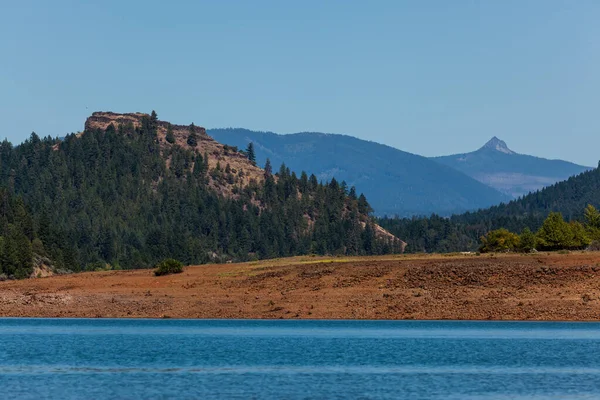
Surrounded by the dramatic Wallowa Mountains, this remote town has become known for its bronze foundries and public sculpture program. Main Street features over 90 public bronze works depicting the region’s Native American heritage, wildlife, and frontier history.
The Valley Bronze Foundry allows visitors to observe the casting process while supporting local artists who ship their creations worldwide. The annual Wallowa Valley Festival of Arts transforms the entire town into an outdoor gallery celebrating the connection between Art and landscape.
Like Travel Pug’s content? Follow us on MSN.
Makanda, Illinois
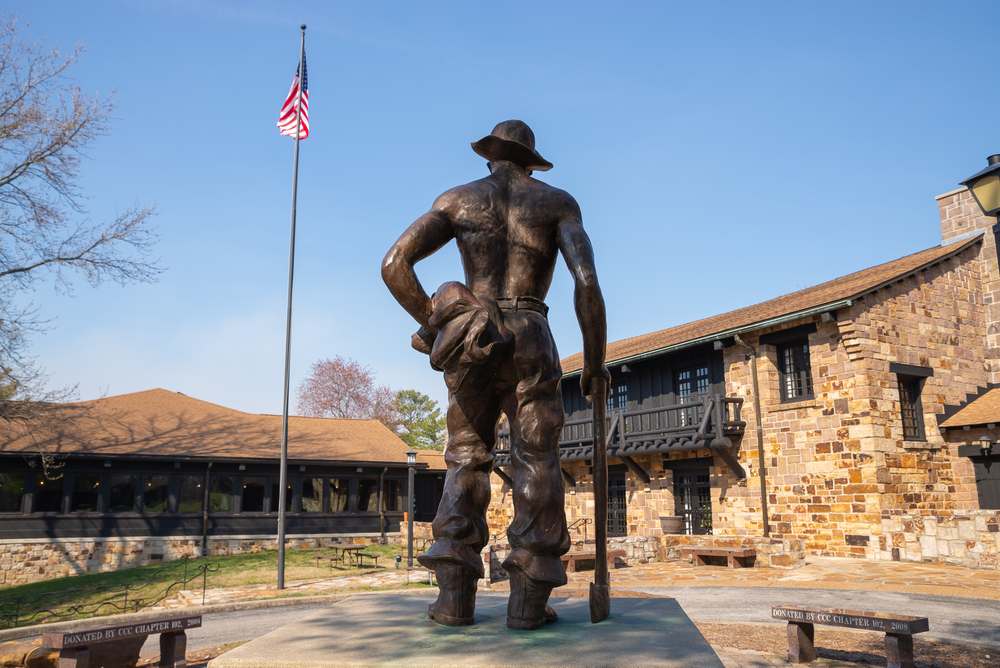
This tiny village in the Shawnee National Forest bills itself as the “Hippie Capital of Southern Illinois” thanks to its concentration of artisans and craftspeople. The Makanda Boardwalk—really just a wooden sidewalk connecting several historic buildings—houses studios specializing in leatherwork, metalsmithing, and ceramics.
Massive sandstone formations in the surrounding forest inspire nature-based artwork, and the annual Vulture Fest celebrates the return of migrating turkey vultures with artistic interpretations of these misunderstood birds.
Tubac, Arizona

Arizona’s oldest European settlement has evolved into a haven for Southwestern artists drawn to its distinctive desert light and cultural heritage. The village motto—”Where Art and History Meet”—accurately describes the blend of Spanish colonial influence and contemporary creativity found in its numerous galleries.
The Tubac Center of the Arts anchors the community with changing exhibitions and educational programs. Traditional craft techniques merge with modern sensibilities in works that often reference the surrounding landscape and multicultural border region.
Ojai, California
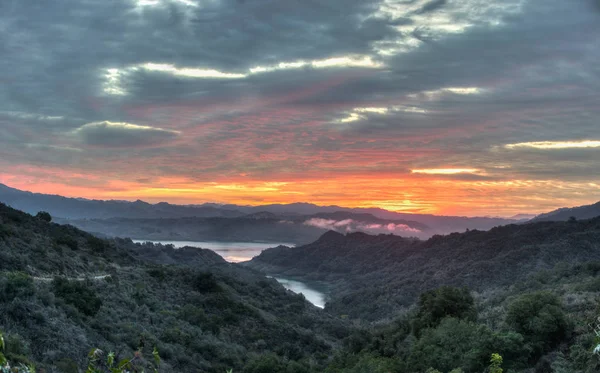
This sun-drenched valley town attracts artists seeking both natural beauty and spiritual connection. Galleries feature works influenced by the area’s remarkable light—the famous “pink moment” at sunset when mountains briefly glow rose-colored.
The community embraces both commercial fine Art and accessible public projects, including the Ojai Valley Museum’s sculpture garden and the extensive public art collection. Creative energy extends beyond visual arts to include literary gatherings, outdoor concerts at Libbey Bowl, and artisanal food production that treats culinary creation as artistic expression.
Like Travel Pug’s content? Follow us on MSN.
Arnaudville, Louisiana
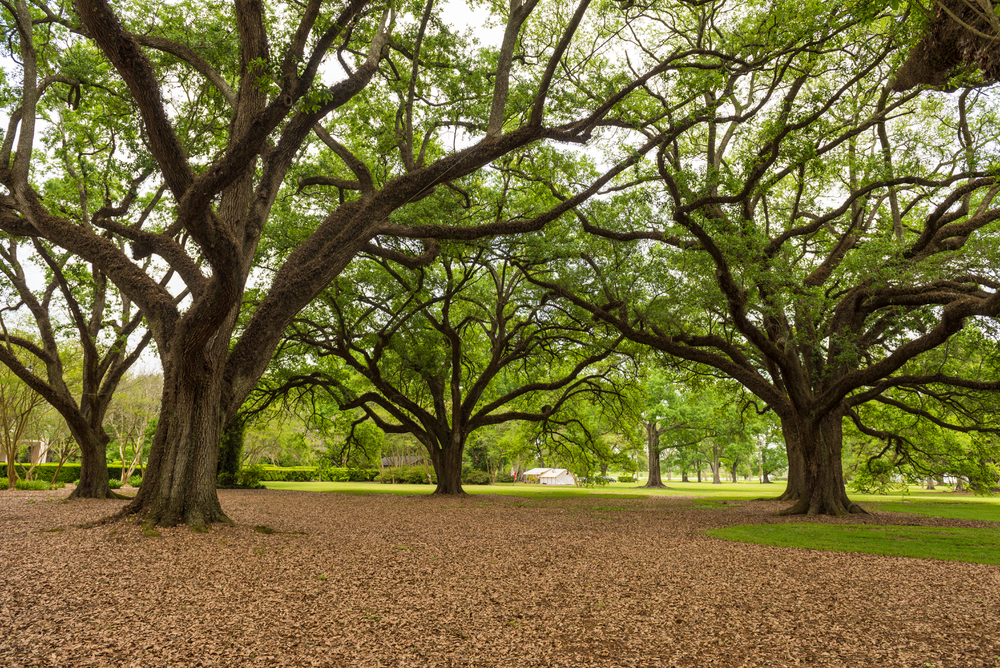
This tiny Cajun community has embraced its French heritage through an arts-driven revitalization effort that connects traditional culture with contemporary expression. The NUNU Arts and Culture Collective serves as a creative hub, hosting everything from traditional Cajun music sessions to experimental performance art.
Local artists incorporate regional materials like cypress wood into their work while drawing inspiration from the surrounding bayou landscape. French immersion programs bring international visitors and artists, creating a cultural exchange in this remote corner of Acadiana.
Taos, New Mexico

Six distinct art colonies have operated in this high desert town, beginning with the Taos Society of Artists in 1915. The dramatic landscape and tricultural heritage—blending Native American, Hispanic, and Anglo influences—continue to inspire creative expression.
Historic Taos Plaza features galleries in centuries-old adobe buildings, while the Taos Art Museum preserves works from the early art colony period. The nearby Taos Pueblo, continuously inhabited for over 1,000 years, influences many local artists who incorporate indigenous perspectives and techniques into contemporary works.
Yellow Springs, Ohio
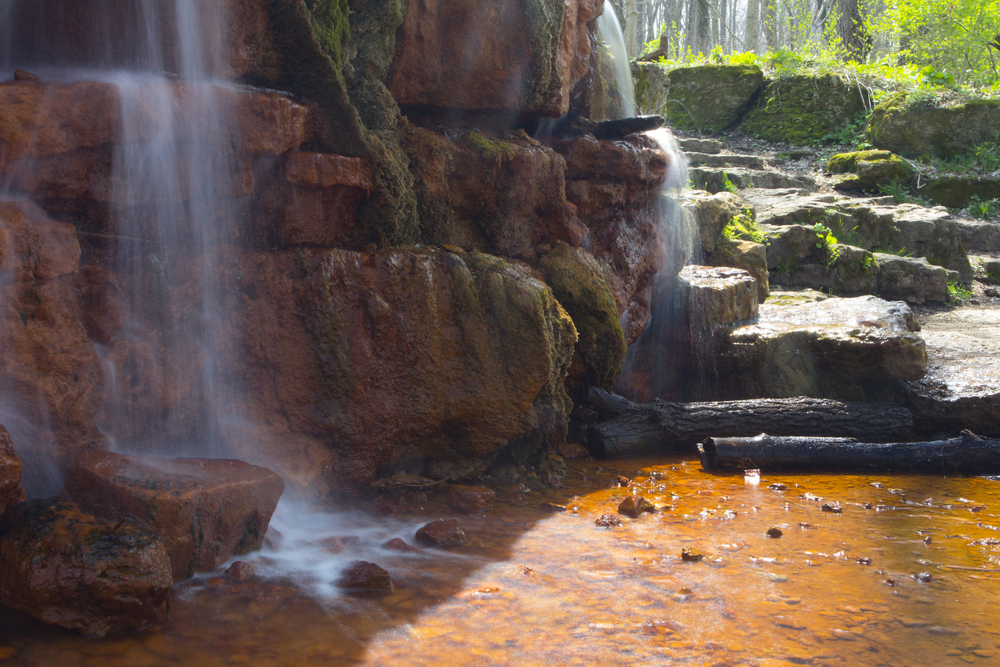
Home to progressive Antioch College, this Midwestern town embraces artistic experimentation alongside social activism. Colorful murals and sculptures enliven public spaces, while studios occupy historic limestone buildings downtown.
The Yellow Springs Arts Council coordinates community projects, including the annual Art on the Lawn festival and permanent installations throughout the village. The influence of Antioch’s innovative educational approach extends to collaborative art projects that engage residents in creative problem-solving around local issues.
Like Travel Pug’s content? Follow us on MSN.
Carmel-by-the-Sea, California

Founded as an arts colony in the early 1900s, this coastal community has maintained its creative character despite becoming an upscale destination. Nearly 100 galleries occupy a single square mile of this walkable village known for its fairy-tale cottages and absence of street addresses.
The town’s artistic heritage includes famous residents like photographer Ansel Adams and poet Robinson Jeffers, whose stone Tor House stands as an architectural artwork overlooking the Pacific. The annual Carmel Art Festival transforms the community into an outdoor studio with plein-air painters capturing the remarkable coastal light.
Mineral Point, Wisconsin
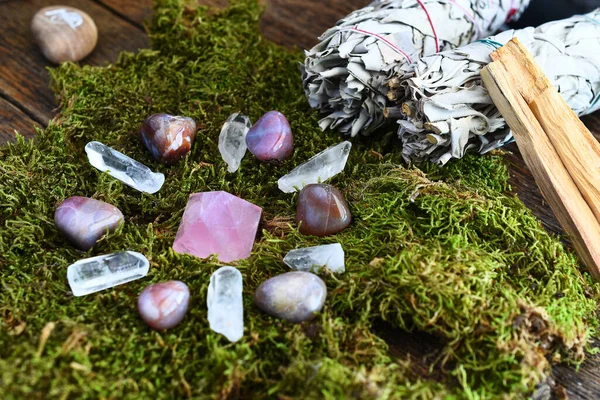
Welsh immigrants brought their stoneworking skills to this mining town in the 1830s, leaving a legacy of beautiful limestone buildings now occupied by artists and craftspeople. The town became Wisconsin’s first arts community when preservationists began restoring historic structures in the 1930s, attracting creative professionals seeking authentic character.
Shake Rag Alley Center for the Arts offers workshops in traditional crafts, including blacksmithing and papermaking. The town’s preservation ethic extends to artistic practices, with many artists working in time-honored techniques adapted for contemporary expression.
Sugar Hill, New Hampshire
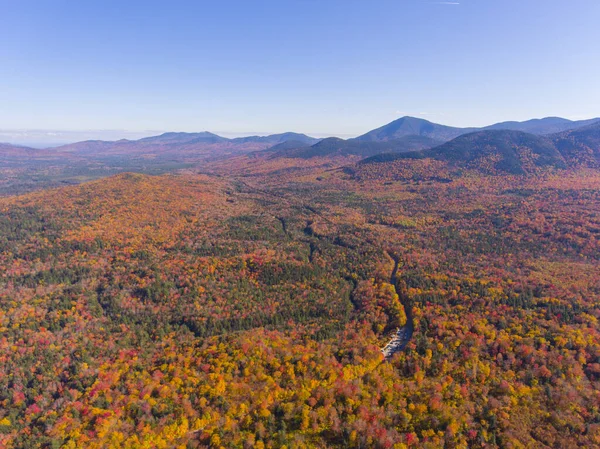
This White Mountain community embraced public Art as an economic development strategy, commissioning installations that celebrate the spectacular mountain views that have attracted visitors since the 19th century. The Lupine Festival transforms fields into purple canvases each June, inspiring plein air painters and photographers.
The Sugar Hill Sampler connects studios and galleries in historic buildings throughout the town, while the colonial-era meetinghouse serves as an exhibition space. Many artists incorporate natural materials gathered from the surrounding forest into their work, creating a distinctive regional aesthetic.
Like Travel Pug’s content? Follow us on MSN.
Creative Transformations

These remarkable towns demonstrate how artistic energy can revitalize economies, preserve historic architecture, and create distinctive community identities. More than just places to view art, these creative havens offer immersive experiences where artistic vision shapes everyday life.
Whether driven by individual visionaries, coordinated economic development, or organic cultural evolution, these communities prove that when art takes over, small towns develop outsized cultural significance
More from Travel Pug

- Cities Growing so Fast You Won’t Recognize Them in 10 Years
- 13 Destinations Where Tourists Regularly Regret Their Trip
- 16 U.S. Cities That Are Quietly Becoming Travel Hotspots
- Where to Travel If You Love Long Bus Rides and Daydreams
- 20 Cities Perfect for Solo Travelers Who Crave Adventure & Culture
Like Travel Pug’s content? Follow us on MSN.
